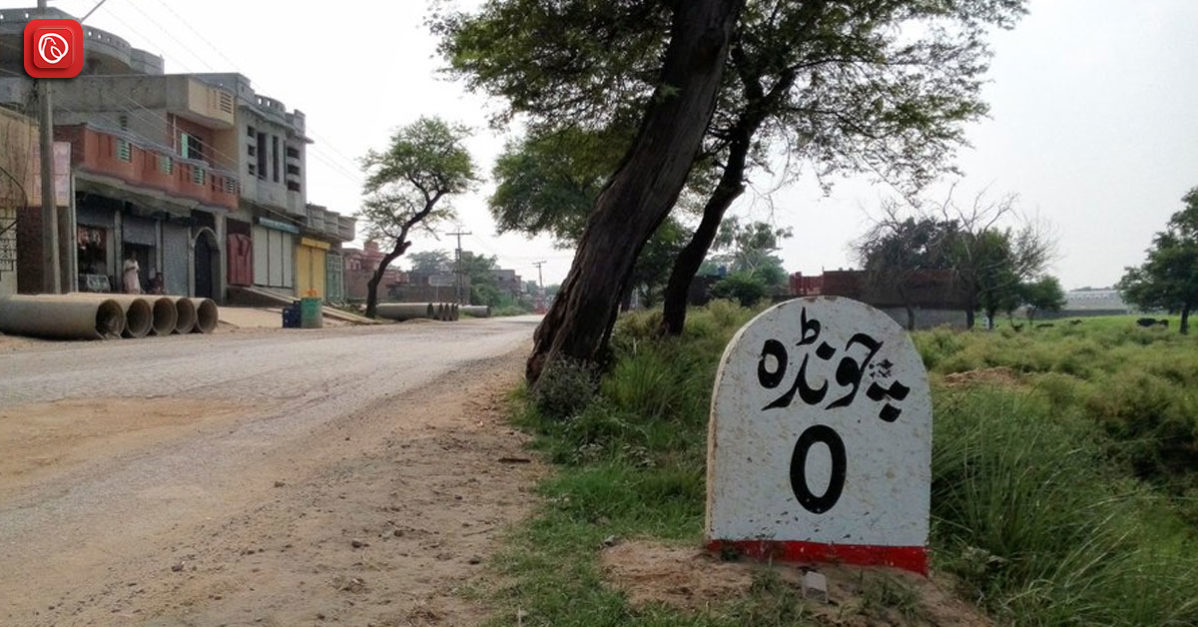
Exploring Chawinda: History, Heritage, and More
If you are a history lover and want to explore Indo-Pak history in detail, you should explore Chawinda—a city known for its historical significance in Pakistan. Located in the center of Punjab, Pakistan, Chawinda has defined itself as more than just a battleground. Known as where some of the most significant events in the Indo-Pakistani War of ’65 took place, it also has a unique story of cultural and heritage preservation.
The city’s cultural richness and lush green beauty enhance its overall vibe, offering an enriching experience for travelers looking for hidden treasures in Pakistan. Graana.com brings you a concise yet very informative guide to Chawinda.
| Attribute | Details |
| Country | Pakistan |
| Province | Punjab |
| District | Sialkot |
| Location | Pasrur Tehsil, near the border with Jammu & Kashmir |
| Coordinates | 32.3841°N, 74.7249°E |
| Altitude | 165 meters (541 feet) |
| Calling code | 052 |
| Union councils | 121 |
| Notable Historical Event | Indo-Pakistani War of 1965 (tank battle also known as the battle of Chawinda) |
| Key Figures | MPA: Liaqat Bhaloor |
| MNA: Ali Zahid, Ahsan Bajwa Chawinda (chairman) | |
| Assistant Education Officer: Umer Farooq |
Chakwida holds a prominent place in history and presents the modern town image of the Punjabi region of Pakistan. It is considered to be one of the most famous historical places in Pakistan. Throughout history, it was one of the most important spots during the Indo-Pakistani 1965 war, where the major battle was fought. Today, the city exhibits heritage, culture, and natural beauty.
From visiting historical assets like the Chawinda ground, graveyard, and memorial to buying local goods such as Pakistani handicrafts, Chawinda tourist places can offer travelers an experience of both past and present. The town’s friendly setting and its closeness to the natural surroundings make it a perfect combination for tourists and adventure seekers who want to know the town’s past and experience the real culture of Pakistan.
The Battle of Chawinda was fought between India and Pakistan from September 8 to September 23, 1965, during the over-a-month-long Indo-Pakistan war. It was a medium-sized encounter on the battlefield in the Sialkot sector of the Punjab province of Pakistan between the army from Pakistan and India.
The proximity of the city, which is near the border with Jammu and Kashmir, accelerated the suicide of thousands of tanks. It was clear from both sides, the Pakistani and Indian Army, that they had introduced armored divisions supported by infantry and artillery.
Under the command of Major General Abdul Hamid Khan of the 1st Armoured Division, the Pakistani forces were delegated the responsibility of stepping up to block the Indian advancement along the Sialkot and Lahore sectors. The Indian Army, headed by Lt Gen Harbaksh Singh(commander of Western Command), was to cross the border and gain strategic areas by breaking the Pakistani defenses.
Pakistanis defended their ground efficiently, resulting in extensive casualties on the Indian side. The victory of the battle was strategic because it remanded the Indian advance in the Sialkot sector. However, it is still remembered as one of the significant encounters of the armed forces of both countries, which demonstrates the bravery and steadfastness of the Pakistani military during the conflict.
The city experiences a typical South Asian climate with distinct seasons. During summer, the city can get quite hot, with maximum temperatures ranging from around 33°C (91°F) in May to as high as 40°C (104°F) in June. Nights are warm, with minimum temperatures typically above 20°C (68°F).
Conversely, winters are relatively mild in the city, with daytime temperatures averaging around 18°C (64°F) in January. Nights can be cool, with minimum temperatures dropping to around 5 °C (41°F). The city receives the majority of its annual rainfall during the monsoon season, especially in July and August. Rainfall can be heavy during this period, contributing significantly to annual precipitation.
The climate of the city can vary widely throughout the year, with hot summers, mild winters, and a distinct monsoon season. Temperatures and weather patterns can influence the region’s agricultural activities and local livelihoods.
Chawinda, despite being a small town, has many places to see that have become renowned for their historical, natural, and cultural importance. Here are some notable places to visit in Chawinda:
The postal code for Chawinda, located in the Sialkot District of Punjab, Pakistan, is 51310.
This was all you need to know about Chawinda. For more informative content, visit the Graana blog.
Chawinda is known as the world’s biggest graveyard of 600 invading Indian tanks. The brave soldiers of the Pakistan Army and the people of Chawinda-Sialkot had written a golden history of bravery. They sacrificed their lives to defend their motherland in Sept 1965.
29 destroyed
Islamabad: Chairman of the Capital Development Authority (CDA), Muhammad Ali Randhawa, chaired a high-level meeting…
The 19th Real Estate Development Summit Saudi Arabia – Luxury Edition concluded after two days…
Islamabad: The Shaheen Chowk underpass is expected to be inaugurated next week after nearing completion,…
Dubai’s luxury real estate market has reached a new milestone in 2025, with a prime…
Karachi: Sindh Chief Minister Syed Murad Ali Shah has approved a development package worth PKR…
Islamabad: The Capital Development Authority raised PKR 13.52 billion on the opening day of its…